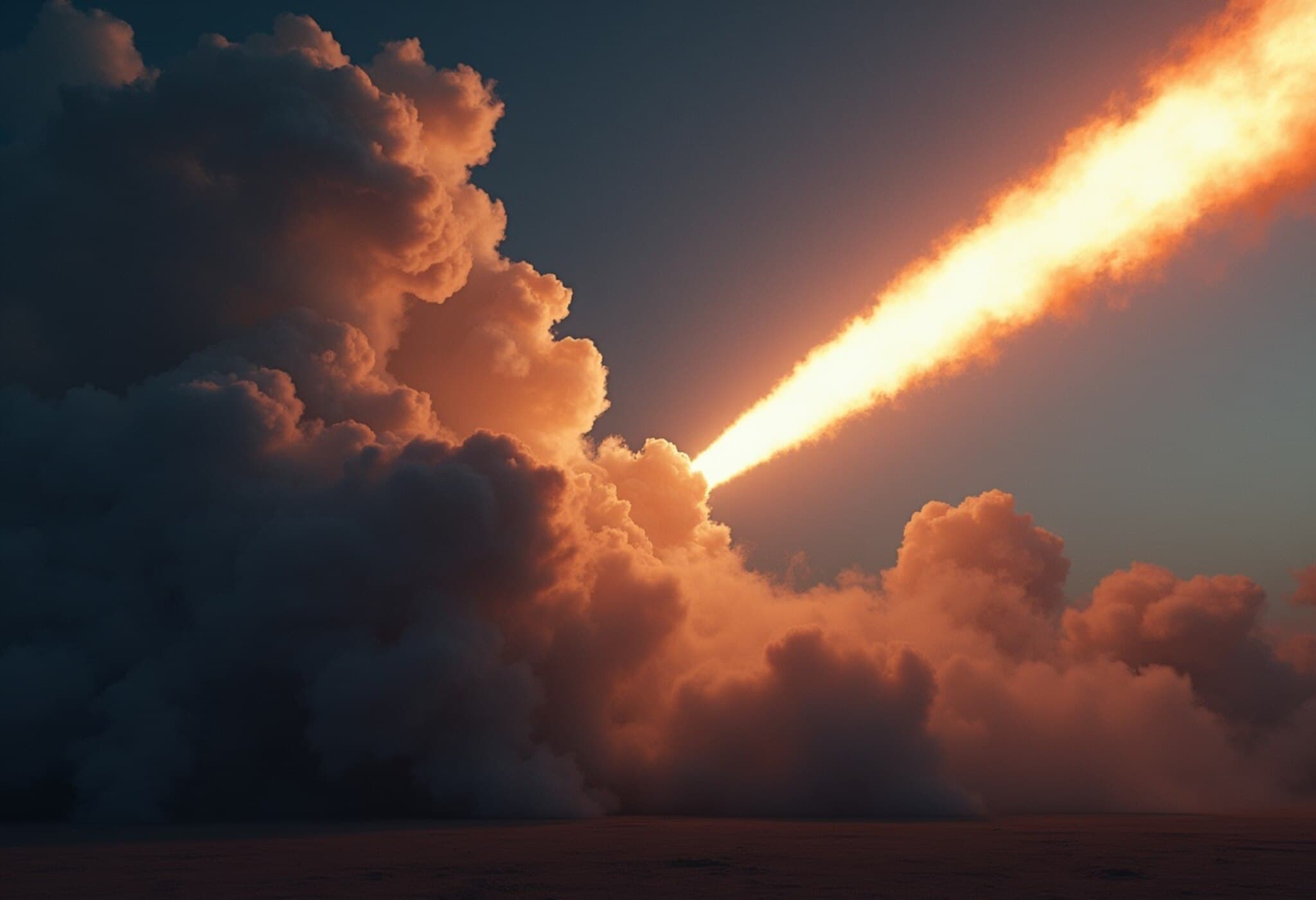Space IPOs Make a Comeback Amid Renewed Market Interest
After several quiet years, the space sector is witnessing a resurgence of initial public offerings (IPOs), signaling renewed investor appetite for companies aiming to capitalize on the rapidly expanding frontier beyond Earth. Among the headline-makers is Firefly Aerospace, backed by defense giant Northrop Grumman, whose Blue Ghost lunar lander successfully touched down on the Moon earlier this year. The company made a strong impression on Wall Street, soaring more than 30% during its Nasdaq debut under the ticker symbol FLY.
Key Players Leading the Charge
Other notable entrants include Karman Holdings, which commands a valuation close to $4 billion following a robust public market debut as a developer of defense and space systems. Similarly, Voyager Technologies went public recently, boasting a valuation near $3.8 billion after shares climbed well above the initial offering price.
The renewed enthusiasm coincides with Rocket Technologies’ announced plan to enter the public markets through a $400 million merger with special purpose acquisition company (SPAC) BPGC Acquisition, a vehicle endorsed by former U.S. Commerce Secretary Wilbur Ross. This reflects a subtle revival of SPACs—the once darlings of alternative listings—making a cautious comeback following their decline from peak popularity in 2020-2021.
The IPO Landscape: Resilience Amid Geopolitical and Economic Challenges
Globally, IPO activity has shown surprising resilience in the first half of 2025. According to an Ernst & Young report, China now accounts for approximately one-third of global IPO proceeds, while the United States enjoyed its strongest six-month performance since the peak years of 2021 with 109 IPOs.
Yet this optimism is tempered by ongoing geopolitical turbulence—particularly the conflict in the Middle East and rising protectionist policies in Washington. Investment bankers note that these challenges cloud global investor confidence and add complexity to dealmaking strategies. Nevertheless, the U.S. space sector has sustained growth momentum in merger and acquisition activity, with four transactions totaling roughly $280 million in the second quarter alone.
Expert Insight: Navigating the Complex Market Environment
Lukas Muehlbauer, a research analyst at IPOX, sees this as an opportune moment for space companies to tap public capital. ‘‘The U.S. government's push on initiatives like the Golden Dome missile interception system contributes significantly to elevated valuations and sustained revenue streams for firms involved in defense-centric space activities,’’ he said. However, Muehlbauer cautions that many companies remain reliant on foreign satellite components, which could be vulnerable to supply disruptions and increased costs amid international trade frictions.
Moreover, he highlights a looming shakeup in the private launch market driven by intensifying competition and innovations aimed at reusability and cost reduction. This trend could lower entry barriers and enable a new generation of commercially viable space businesses over time.
Investment Trends and Long-Term Outlook
Investor enthusiasm for space ventures is palpable. A recent report from Seraphim Space indicates that investment into space startups surged to $3.1 billion in the second quarter, up from $2.1 billion in the preceding quarter. This reflects increasing confidence in the sector’s potential, even as companies prioritize strategic infrastructure development over short-term profitability.
Cristiano Dalla Bona, head of North American ECM analysis at Mergermarket, observes: ‘‘Public investors today understand the unique risks but are equally aware of the monumental scale at which these companies operate. The market remains discerning and will keenly assess the credibility and growth visibility of each IPO candidate.’’
Current Industry Developments
- SpaceX’s Crew-11 mission: Successfully delivered a four-member astronaut team to the International Space Station after a 15-hour journey.
- Ongoing challenges aboard ISS: Air leaks persist in the Russian segment, reigniting safety concerns first raised in 2019.
- Quantum computing in orbit: A satellite launched with an operational quantum computer aims to demonstrate advanced computational capabilities from space.
- Nuclear energy on the Moon: NASA plans a 2030 deployment of a 100-kilowatt nuclear reactor to support lunar operations.
Global Cooperation and Regulatory Efforts
Despite recent strained relations due to geopolitical tensions, NASA and Roscosmos have agreed to extend their cooperation on the ISS through 2028. Meanwhile, countries like Japan and Israel are spearheading initiatives to set international regulations for space debris mitigation and to foster domestic space technology development, respectively. These efforts underscore a critical need to balance competition with collaboration in this increasingly congested domain.
Looking Ahead: Upcoming Launches and Missions
- Aug. 8: SpaceX’s Crew-10 return mission from the ISS.
- Aug. 9: Falcon 9 launches Starlink satellites from California.
- Aug. 12: United Launch Alliance’s Vulcan Centaur embarks on a U.S. Space Force mission from Florida.
- Aug. 12-13: Arianespace’s Ariane 6 to launch MetOp-SG A1 weather satellite from French Guiana.
- Aug. 13-14: Additional Starlink satellite launches via Falcon 9 from Florida and California.
Editor’s Note
The resurgence of space-related IPOs marks a significant shift in an industry once viewed as niche and capital-intensive. The blend of government contracts, technological breakthroughs, and heightened geopolitical stakes is shaping a dynamic investment environment. Yet beneath this surface excitement lies a complex web of supply chain dependencies, competitive pressures, and regulatory challenges that will determine who thrives in this new space race. Investors and policymakers alike should watch closely how these space ventures balance innovation with sustainability and long-term strategic vision.



















